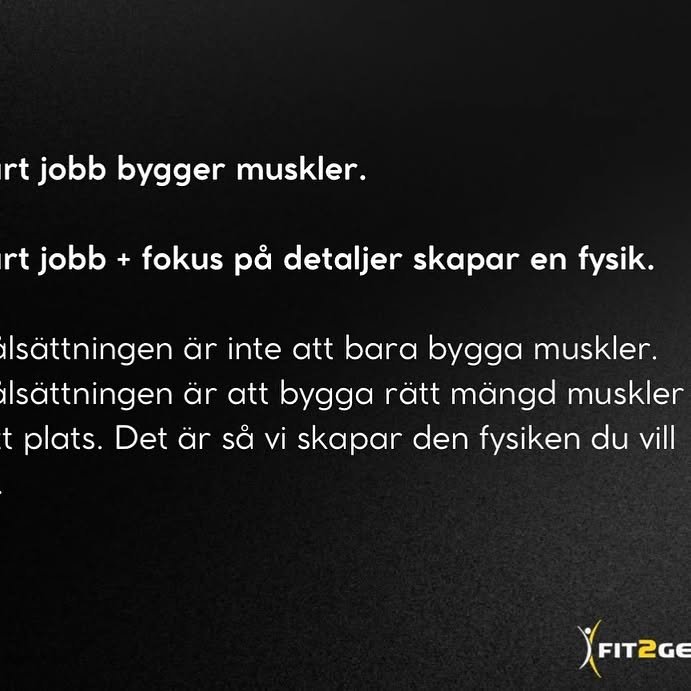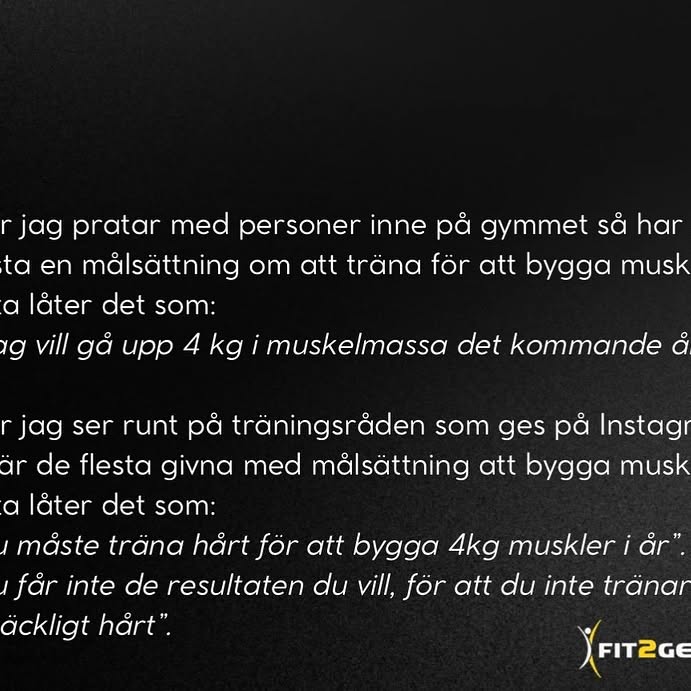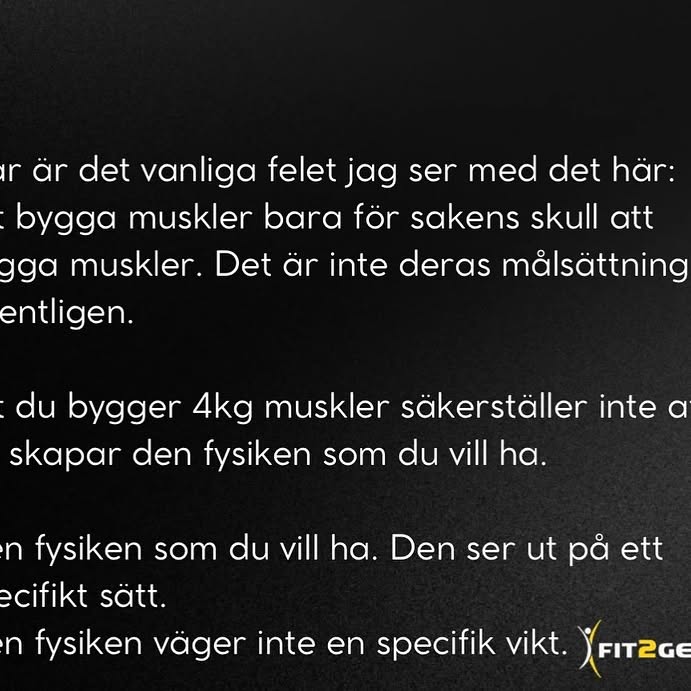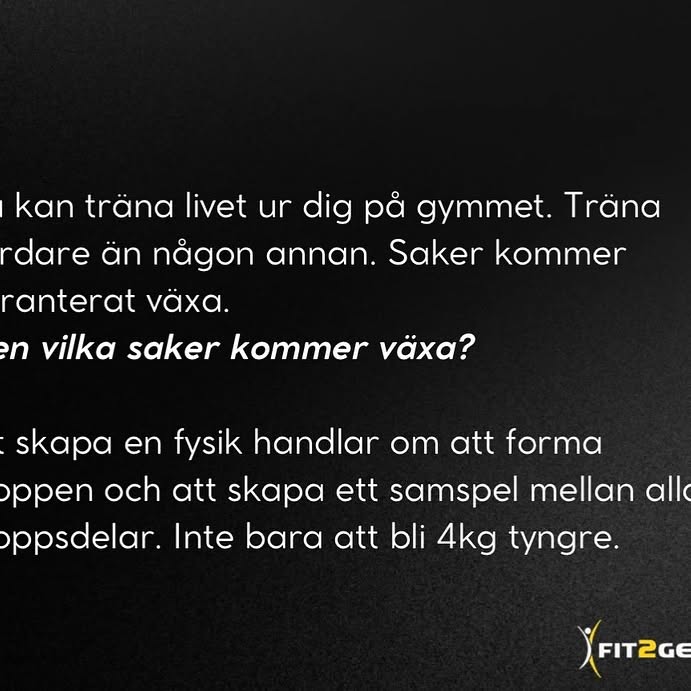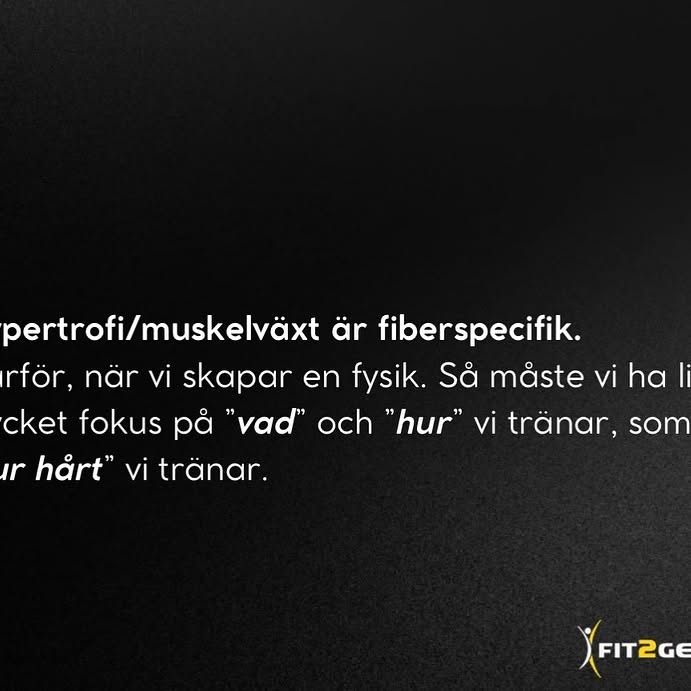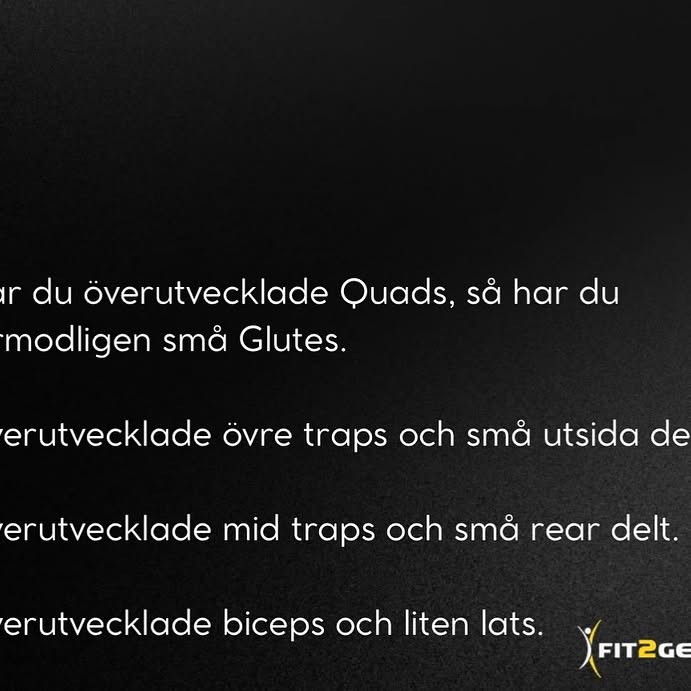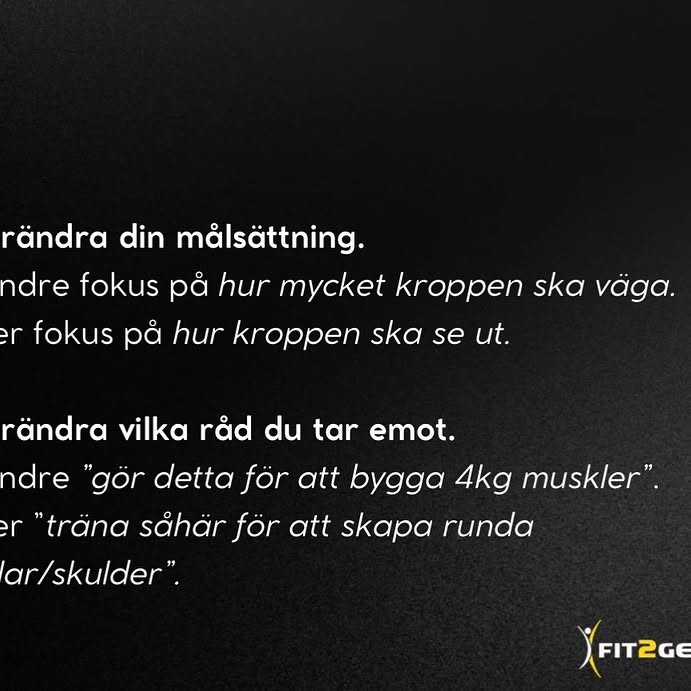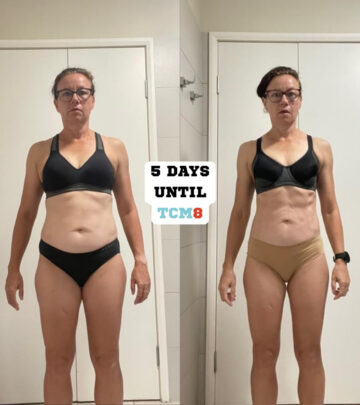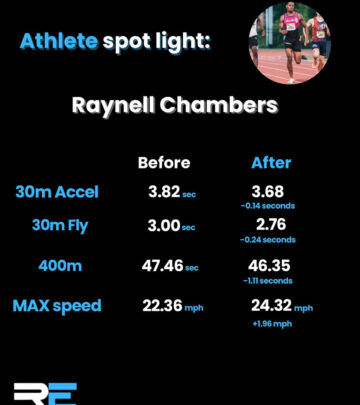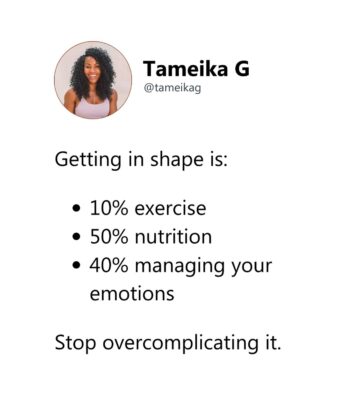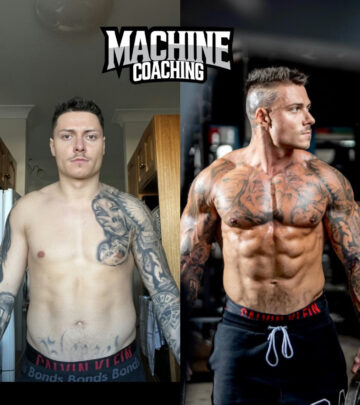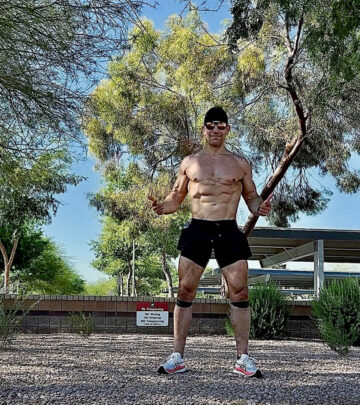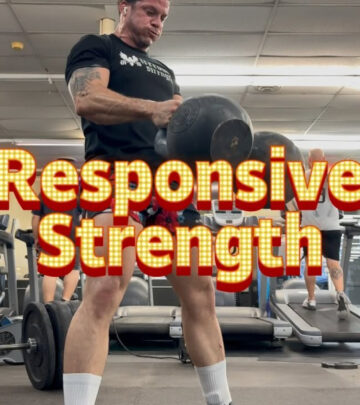Build Muscle Right: Focus On Balance & Precision
Coach Alexander Hallafors champions smart workout plans for a truly distinct physique!!!!!
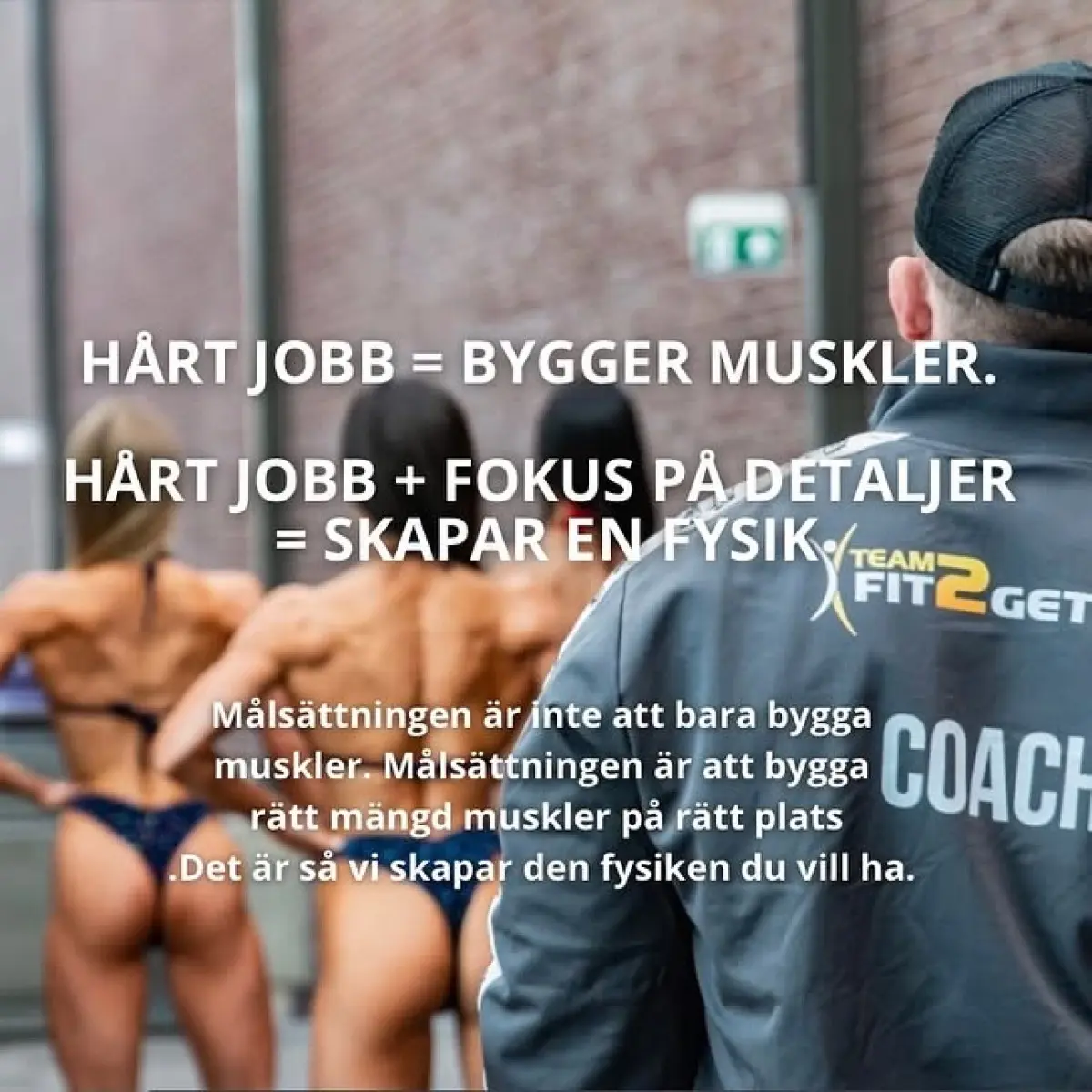
Image: Instagram
In an era when gym advice often centers solely on pumping up numbers on the scale, coach Alexander Hallafors is redefining the conversation around muscle building. His recent insights remind fitness enthusiasts that building a strong, aesthetic physique isn’t about amassing extra weight—it’s about developing the right muscles in the right places through focused and balanced training.
A Philosophy Beyond The Scale
Hallafors makes it clear: “Hårt jobb bygger muskler.” Hard work lays the foundation for muscle growth. However, he warns against the common pitfall of training simply to add a specific number of kilograms. Too often, individuals set a goal to gain a fixed 4 kg of muscle without considering if that mass fits their desired body shape. According to him, such approaches neglect the crucial principle that muscle growth is fiber-specific and must be orchestrated with attention to detail. In his view, the quest for a desirable physique is less about scale numbers and more about sculpting a body where every muscle group works in harmony.
Precision In Every Rep
Through his detailed explanation, Hallafors emphasizes that mindless reps will only lead to imbalances. He points out scenarios often seen at gyms: an athlete may have overdeveloped quads paired with underdeveloped glutes, or an overemphasis on upper traps without the corresponding stimulation of the side deltoids. His message resonates with anyone who has struggled with stubborn imbalances and plateaued performance. By focusing on precisely what workouts are needed for specific muscle groups, his method encourages a transformation that’s not just visible in numbers, but in overall aesthetic proportion.
He explains that the key to true transformation lies in understanding both the nature of hypertrophy and the importance of a customized training regime. By emphasizing phrases such as “träna såhär för att skapa runda axlar/skulder,” he provides a concrete roadmap for those who wish to move beyond generic advice. Instead of placing all emphasis on how hard one trains, Hallafors suggests athletes should pay equal attention to the technique, selection of exercises, and strategic recovery routines.
Tailored Training Over Generic Goals
Drawing from his vast experience as a coach, Hallafors stresses: it’s not the sheer amount of training that counts—the focus must be on enhancing each muscle group appropriately. His philosophy challenges the prevailing norm on social media where motivational slogans often prioritize heavy lifting without context. Instead, his approach asks gym-goers to recalibrate their expectations: “Mindre fokus på hur mycket kroppen ska väga. Mer fokus på hur kroppen ska se ut.” This shift from an obsession with numbers to a vision for the body’s silhouette is a call for smarter, intentional training.
By sharing his thoughts behind posts with captions like these, Hallafors is also inviting his followers to rethink the standard wellness narrative. His advice is a corrective measure aimed at encouraging individuals to seek balance—ensuring that every part of the body receives adequate and purposeful attention. This kind of insight is especially valuable in the fitness community, where trends can sometimes push for extremes rather than sustainable progress.
Beyond the gym, Hallafors’ ideas resonate with a broader principle seen in some of his other shared moments. In previous discussions highlighted in posts such as the reflection on the normality fallacy, he urged people not to conform to average standards merely because they are common. His belief is simple: just because something is typical doesn’t mean it’s ideal. This mindset not only applies to aesthetic fitness goals but also to the broader journey of self-improvement.
Balancing Effort With Strategic Detail
The coach explains that while training intensity is crucial, knowing what exactly to train and how to integrate techniques that promote muscle symmetry is equally important. His method involves a comprehensive analysis of individual body mechanics. For example, he notes that an overdeveloped bicep paired with a small latissimus dorsi does not create the desired proportion. His advice calls for a change in goals and strategies—turning away from generic muscle gain targets towards a more nuanced, physique-oriented approach.
This perspective is refreshing for athletes and everyday fitness enthusiasts alike. It invites them to reexamine the advice they encounter online, much of which understandably focuses on the quantity of work rather than the quality and distribution of muscle gains. Hallafors’ guidance is a reminder that every body is unique and that effective training demands an appreciation for these individual differences.
Ultimately, the message is clear: building the body you desire is about detailed planning and intentional execution. The emphasis on ‘what’ and ‘how’ you train—not just the intensity—can make all the difference in sculpting a body that is as functional as it is visually appealing. By shifting the focus from merely adding kilograms to honing a balanced physique, Hallafors is setting a new standard in fitness advice.
His insights provide a fresh perspective for anyone looking to develop a well-rounded, powerful physique. Rather than settling for average or simply following trends, his strategic training principles encourage a tailored approach, where every workout is a step towards a more defined and harmonious body.
Read full bio of Srijita De



